Home>Gardening & Outdoor>Landscaping Ideas>What To Put On The Bottom Of A Raised Garden Bed With Legs
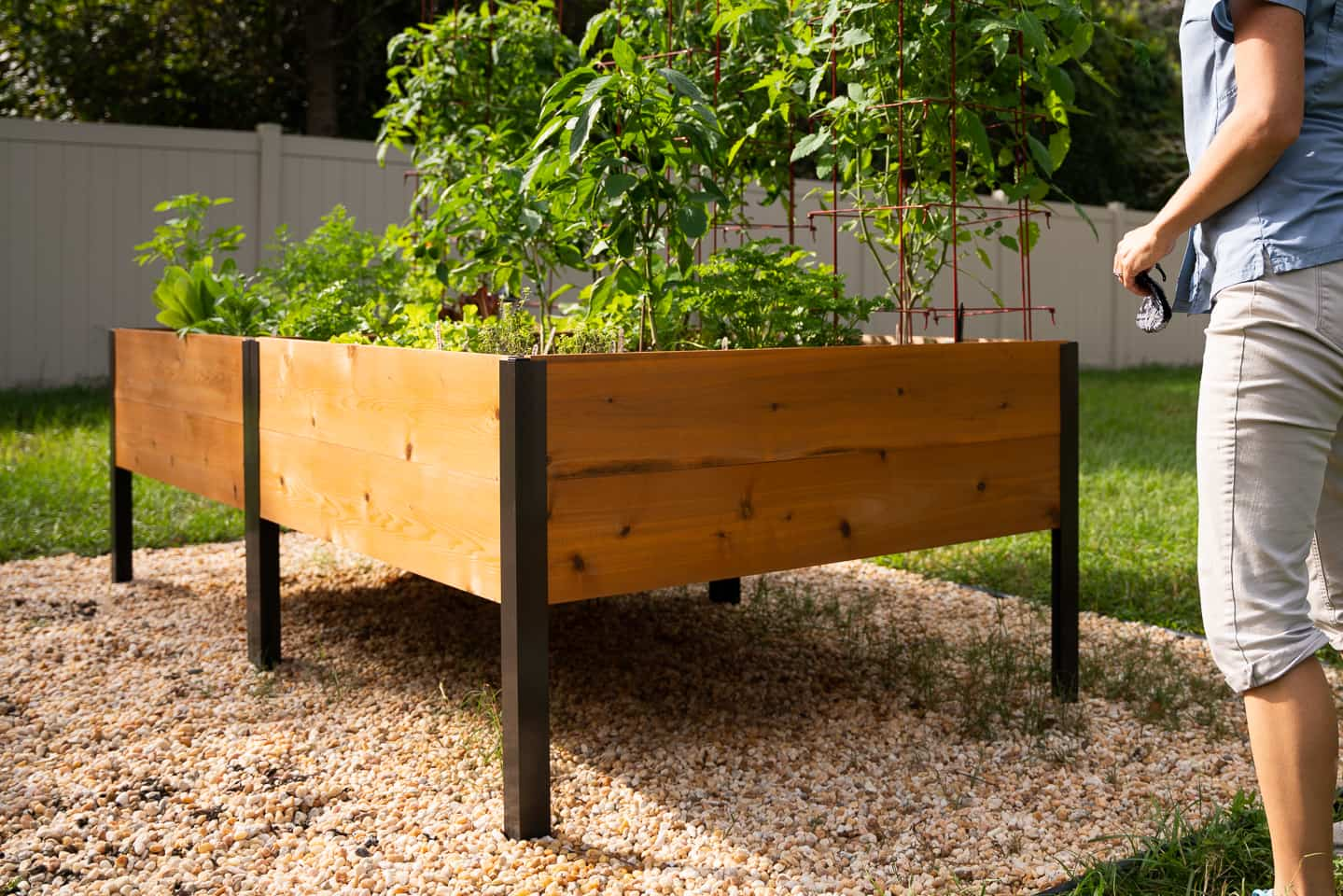

Landscaping Ideas
What To Put On The Bottom Of A Raised Garden Bed With Legs
Modified: February 26, 2024
Discover the best landscaping ideas for raised garden beds with legs. Find out what to put on the bottom of your raised garden bed to ensure proper drainage and healthy plant growth.
(Many of the links in this article redirect to a specific reviewed product. Your purchase of these products through affiliate links helps to generate commission for Storables.com, at no extra cost. Learn more)
Introduction
When it comes to gardening, raised garden beds with legs have become increasingly popular due to their numerous benefits. These innovative gardening structures offer a convenient solution for individuals who may have limited space, mobility issues, or simply prefer the ergonomic advantages they provide. Raised garden beds with legs elevate the gardening experience, quite literally, by bringing the garden to a more accessible height. This not only reduces the strain on the back and knees but also opens up a world of possibilities for growing a variety of plants, flowers, herbs, and vegetables.
The concept of raised garden beds with legs is not only practical but also aesthetically pleasing. They can transform a mundane outdoor space into a vibrant, flourishing garden oasis. Whether you're a seasoned gardener or a novice enthusiast, the prospect of creating and tending to a raised garden bed with legs can be both exciting and rewarding. It offers a unique opportunity to exercise creativity, nurture plant life, and enjoy the therapeutic benefits of gardening.
In this comprehensive guide, we will explore the various aspects of utilizing a raised garden bed with legs, including the benefits, considerations before filling the bottom, materials to use, and the step-by-step process of filling the bottom. By the end of this article, you will have a clear understanding of how to make the most of this innovative gardening solution and create a thriving garden space that brings joy and beauty to your outdoor environment. So, let's delve into the world of raised garden beds with legs and discover the possibilities they hold for enhancing your gardening experience.
Key Takeaways:
- Raised garden beds with legs offer easier gardening for people with limited mobility, maximize space, and provide better drainage, pest control, and customization for a variety of plants.
- Before filling the bottom, consider structural integrity, drainage, soil composition, accessibility, and environmental factors. Use landscape fabric, gravel, compost, cardboard, and mulch to create a supportive foundation for healthy plant growth.
Benefits of Using a Raised Garden Bed with Legs
-
Accessibility: Raised garden beds with legs offer a convenient gardening solution for individuals with limited mobility. By elevating the planting area to a more accessible height, these beds reduce the need for bending or kneeling, making gardening tasks more comfortable and enjoyable.
-
Space Optimization: In urban or compact living environments, space is often a premium. Raised garden beds with legs allow for gardening in areas with limited ground space, such as balconies, patios, or small yards. This innovative design maximizes the use of available space, enabling individuals to cultivate a variety of plants without the need for a traditional in-ground garden.
-
Improved Drainage: By elevating the planting area, raised garden beds with legs provide better drainage, preventing waterlogging and soil compaction. This promotes healthier root systems for plants, reducing the risk of water-related issues such as root rot and fungal diseases.
-
Pest Control: Elevated garden beds can be more challenging for certain pests to access, offering a degree of protection for plants. Additionally, the height of the bed may deter some ground-dwelling pests, contributing to a more secure growing environment.
-
Aesthetic Appeal: Raised garden beds with legs add visual interest to outdoor spaces, serving as decorative elements while housing a variety of plants. They can enhance the overall aesthetics of a garden or outdoor area, creating a focal point that complements the surrounding environment.
-
Weed Suppression: The elevated design of these beds can help reduce weed growth, as they are less likely to be infiltrated by invasive plants from the surrounding area. This can minimize the time and effort required for weeding, allowing gardeners to focus on nurturing their desired plants.
-
Customization and Control: With raised garden beds, gardeners have greater control over the soil composition, moisture levels, and overall growing conditions. This level of customization enables the cultivation of a wider range of plants, including those that may require specific soil types or drainage conditions.
-
Extended Growing Season: The elevated design of raised garden beds with legs can contribute to improved soil warmth, allowing for an extended growing season. This can be particularly advantageous in cooler climates, providing an opportunity to start planting earlier in the spring and continue harvesting later into the fall.
In summary, the benefits of using a raised garden bed with legs extend beyond convenience and accessibility, encompassing improved drainage, pest control, aesthetic appeal, and enhanced gardening control. These versatile structures offer a myriad of advantages for gardeners, making them a valuable addition to any outdoor space.
Considerations Before Filling the Bottom of a Raised Garden Bed with Legs
Before embarking on the process of filling the bottom of a raised garden bed with legs, it is essential to consider several factors to ensure the success and longevity of the garden bed. These considerations play a crucial role in creating an optimal environment for plant growth and overall gardening satisfaction.
Structural Integrity:
The structural integrity of the raised garden bed with legs is paramount. Before filling the bottom, it is important to inspect the construction of the bed to ensure that it is sturdy and capable of supporting the weight of the soil, plants, and any additional amendments. Checking for any signs of damage or instability and addressing them beforehand can prevent potential issues in the future.
Drainage Requirements:
Proper drainage is essential for the health of plants and the overall success of the garden bed. Before filling the bottom, it is important to assess the drainage needs of the specific plants that will be cultivated. Consider the drainage properties of the soil mix to be used and ensure that the raised bed allows for adequate water drainage to prevent waterlogging, which can lead to root rot and other moisture-related problems.
Read more: What To Put On Bottom Of Raised Garden Bed
Soil Composition:
The selection of the soil mix for the raised garden bed is a critical consideration. Different plants have varying soil requirements, and the composition of the soil can significantly impact their growth and development. Before filling the bottom, it is important to determine the ideal soil composition based on the types of plants to be grown. This may involve a blend of topsoil, compost, and other organic matter to create a nutrient-rich and well-aerated growing medium.
Accessibility for Maintenance:
Considering the accessibility of the raised garden bed with legs is essential for ongoing maintenance and care. Before filling the bottom, evaluate the height of the bed to ensure that it allows for comfortable access for planting, watering, and tending to the plants. Accessibility considerations are particularly important for individuals with mobility challenges, as the raised design should facilitate ease of gardening tasks.
Environmental Factors:
Assessing the environmental factors surrounding the location of the raised garden bed is crucial. Consider the amount of sunlight, wind exposure, and potential sources of contamination or pests in the area. Understanding these environmental influences can help in making informed decisions about plant selection, pest control measures, and overall garden management.
By carefully considering these factors before filling the bottom of a raised garden bed with legs, gardeners can set the stage for a thriving and sustainable garden environment. These considerations contribute to the overall success of the garden bed, ensuring that it provides an optimal growing space for a diverse range of plants while accommodating the needs of the gardener.
Materials to Use for the Bottom of a Raised Garden Bed with Legs
Selecting the appropriate materials for the bottom of a raised garden bed with legs is a crucial step in creating a conducive environment for plant growth and overall structural integrity. The chosen materials should facilitate proper drainage, provide adequate support for the soil, and contribute to the long-term health of the garden bed. Here are the key materials commonly used for the bottom of raised garden beds with legs:
Read more: How To Build A Raised Garden Bed With Legs
Landscape Fabric or Weed Barrier:
Landscape fabric or weed barrier serves as a foundational layer that helps prevent weed growth while allowing water to drain freely. This permeable material acts as a barrier between the soil and the underlying surface, effectively suppressing weed development and promoting a cleaner, low-maintenance gardening environment.
Gravel or Small Rocks:
Incorporating a layer of gravel or small rocks at the bottom of the raised garden bed enhances drainage and aeration. This layer creates space for excess water to percolate through the soil, preventing waterlogging and ensuring that the plant roots receive sufficient oxygen. Additionally, the presence of gravel or rocks helps to maintain a stable foundation for the soil, contributing to the overall structural integrity of the garden bed.
Compost or Organic Matter:
Introducing a layer of compost or organic matter at the bottom of the raised garden bed enriches the soil with essential nutrients and promotes microbial activity. This organic layer contributes to the overall fertility of the soil, supporting healthy plant growth and root development. As the organic matter decomposes over time, it continues to nourish the soil, creating a thriving ecosystem for the plants.
Cardboard or Newspaper:
Using cardboard or several layers of newspaper at the bottom of the raised garden bed can serve as an effective barrier against persistent weeds. These materials smother existing vegetation while gradually decomposing, adding organic content to the soil. Additionally, cardboard and newspaper help retain moisture in the soil, promoting a favorable microclimate for plant roots.
Read more: What To Put In A Raised Garden Bed For Soil
Wood Chips or Mulch:
Applying a layer of wood chips or mulch at the bottom of the raised garden bed contributes to moisture retention and weed suppression. This natural mulching material helps regulate soil temperature, reduce evaporation, and inhibit weed growth, creating a favorable environment for plant establishment and growth.
By carefully selecting and layering these materials at the bottom of a raised garden bed with legs, gardeners can establish a supportive foundation for healthy plant growth while promoting the long-term sustainability of the garden bed. These materials work in harmony to create a balanced and nurturing environment, setting the stage for a flourishing garden space.
Steps to Fill the Bottom of a Raised Garden Bed with Legs
Filling the bottom of a raised garden bed with legs is a crucial step in creating an optimal growing environment for plants. By following a systematic approach and utilizing the right materials, gardeners can ensure proper drainage, structural stability, and nutrient-rich soil for their raised beds. Here are the essential steps to fill the bottom of a raised garden bed with legs:
-
Prepare the Foundation: Begin by placing the raised garden bed with legs in its designated location. Ensure that the area is level and stable to provide a solid foundation for the bed. This step is essential for maintaining the structural integrity of the garden bed and preventing uneven settling of the soil.
-
Layer the Bottom: Start by layering the bottom of the raised garden bed with a permeable material such as landscape fabric or weed barrier. This foundational layer serves as a barrier against weed growth while allowing water to drain freely. Trim the fabric to fit the dimensions of the bed and secure it in place.
-
Add Drainage Material: Next, add a layer of gravel or small rocks on top of the landscape fabric. This layer promotes proper drainage by creating space for excess water to percolate through the soil, preventing waterlogging and ensuring adequate aeration for plant roots.
-
Incorporate Organic Matter: Introduce a layer of compost or organic matter on top of the drainage material. This organic layer enriches the soil with essential nutrients, supports microbial activity, and contributes to the overall fertility of the soil. It provides a nourishing environment for plant roots to thrive.
-
Utilize Weed-Suppressing Materials: Place cardboard or several layers of newspaper on top of the organic matter. These materials act as effective barriers against weed growth while gradually decomposing and adding organic content to the soil. They also help retain moisture, creating a favorable microclimate for plant roots.
-
Apply Mulching Material: Complete the bottom-filling process by adding a layer of wood chips or mulch on top of the cardboard or newspaper. This natural mulching material regulates soil temperature, reduces evaporation, and further suppresses weed growth, creating an ideal environment for plant establishment and growth.
By following these steps, gardeners can effectively fill the bottom of a raised garden bed with legs, creating a supportive foundation for healthy plant growth. This systematic approach ensures proper drainage, weed suppression, and nutrient enrichment, setting the stage for a flourishing garden space.
Conclusion
In conclusion, the utilization of raised garden beds with legs presents a myriad of benefits for gardeners, offering a versatile and ergonomic solution for cultivating plants, flowers, herbs, and vegetables. These innovative structures not only enhance accessibility and space optimization but also contribute to improved drainage, pest control, and overall gardening control. The aesthetic appeal, weed suppression, and extended growing season further underscore the value of raised garden beds with legs in creating vibrant and sustainable garden spaces.
Before filling the bottom of a raised garden bed with legs, careful considerations regarding structural integrity, drainage requirements, soil composition, accessibility for maintenance, and environmental factors are essential. These considerations lay the groundwork for establishing an optimal growing environment, ensuring the long-term success and satisfaction of the garden bed.
Selecting the appropriate materials for the bottom of a raised garden bed with legs is a critical step in creating a conducive environment for plant growth and overall structural integrity. Landscape fabric, gravel, compost, cardboard, and mulch work in harmony to provide proper drainage, weed suppression, and nutrient enrichment, setting the stage for a flourishing garden space.
The step-by-step process of filling the bottom of a raised garden bed with legs involves preparing the foundation, layering the bottom with permeable and organic materials, and incorporating weed-suppressing and mulching materials. This systematic approach ensures that the garden bed is equipped with the necessary elements to support healthy plant growth and long-term sustainability.
In essence, raised garden beds with legs offer a transformative gardening experience, allowing individuals to create thriving garden spaces in various settings, from urban balconies to spacious backyard landscapes. By embracing the benefits, considering essential factors, selecting appropriate materials, and following a systematic filling process, gardeners can harness the full potential of raised garden beds with legs, cultivating flourishing gardens that bring joy, beauty, and abundance to their outdoor environments.
Frequently Asked Questions about What To Put On The Bottom Of A Raised Garden Bed With Legs
Was this page helpful?
At Storables.com, we guarantee accurate and reliable information. Our content, validated by Expert Board Contributors, is crafted following stringent Editorial Policies. We're committed to providing you with well-researched, expert-backed insights for all your informational needs.
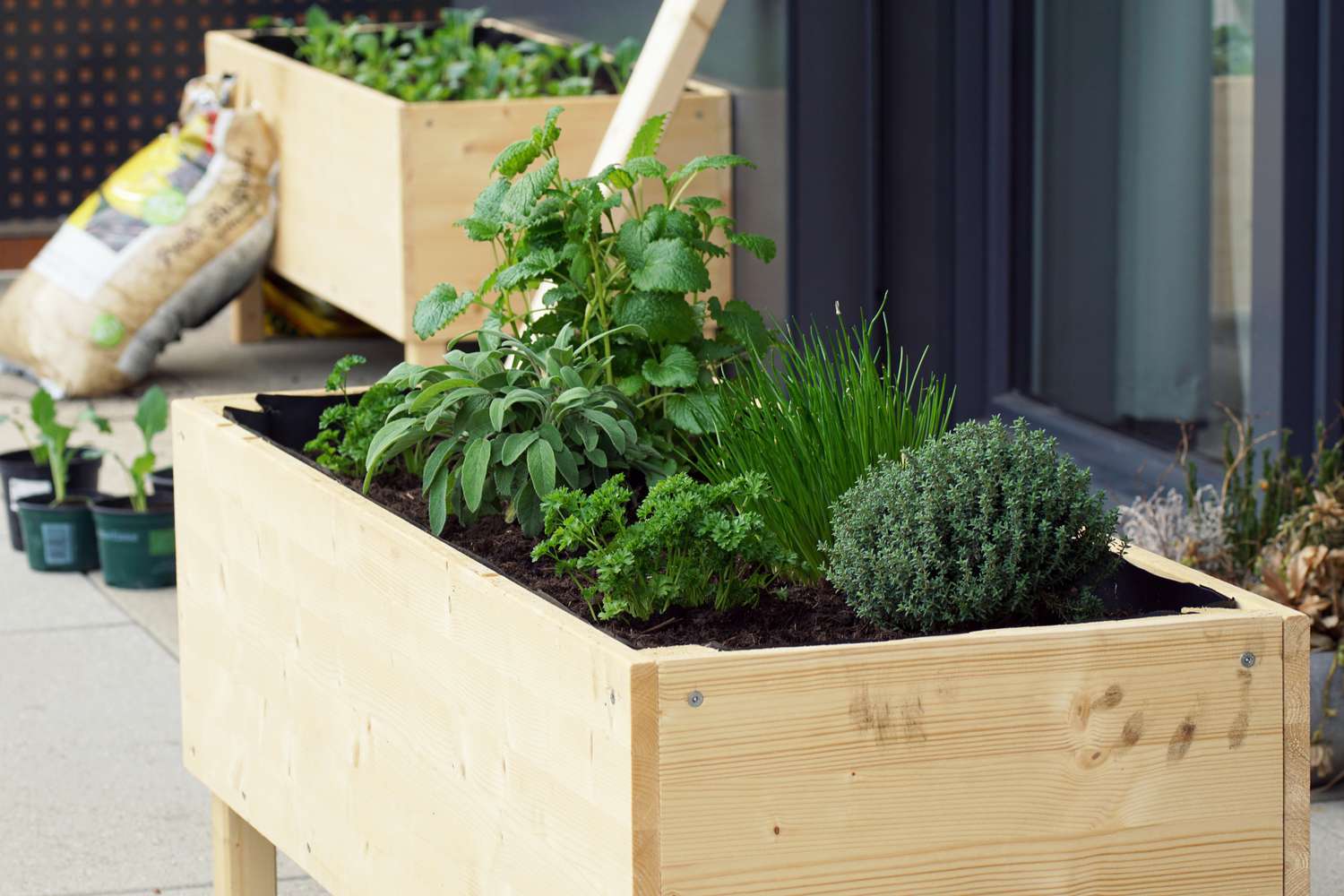
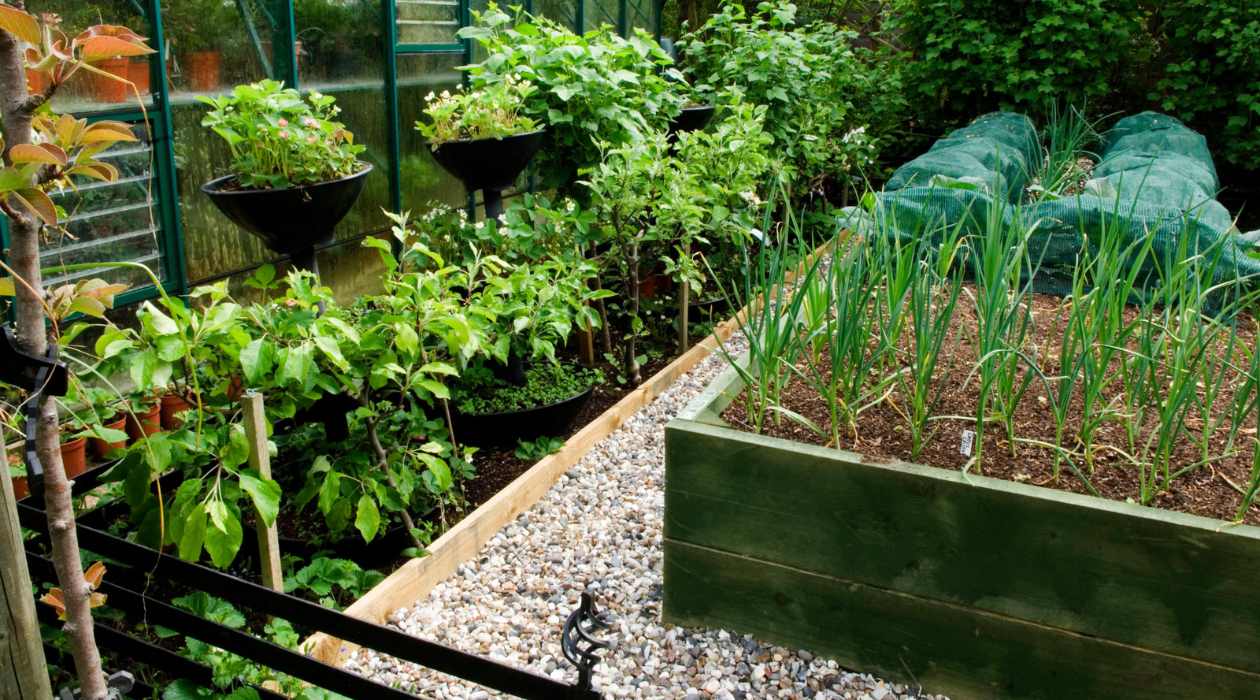
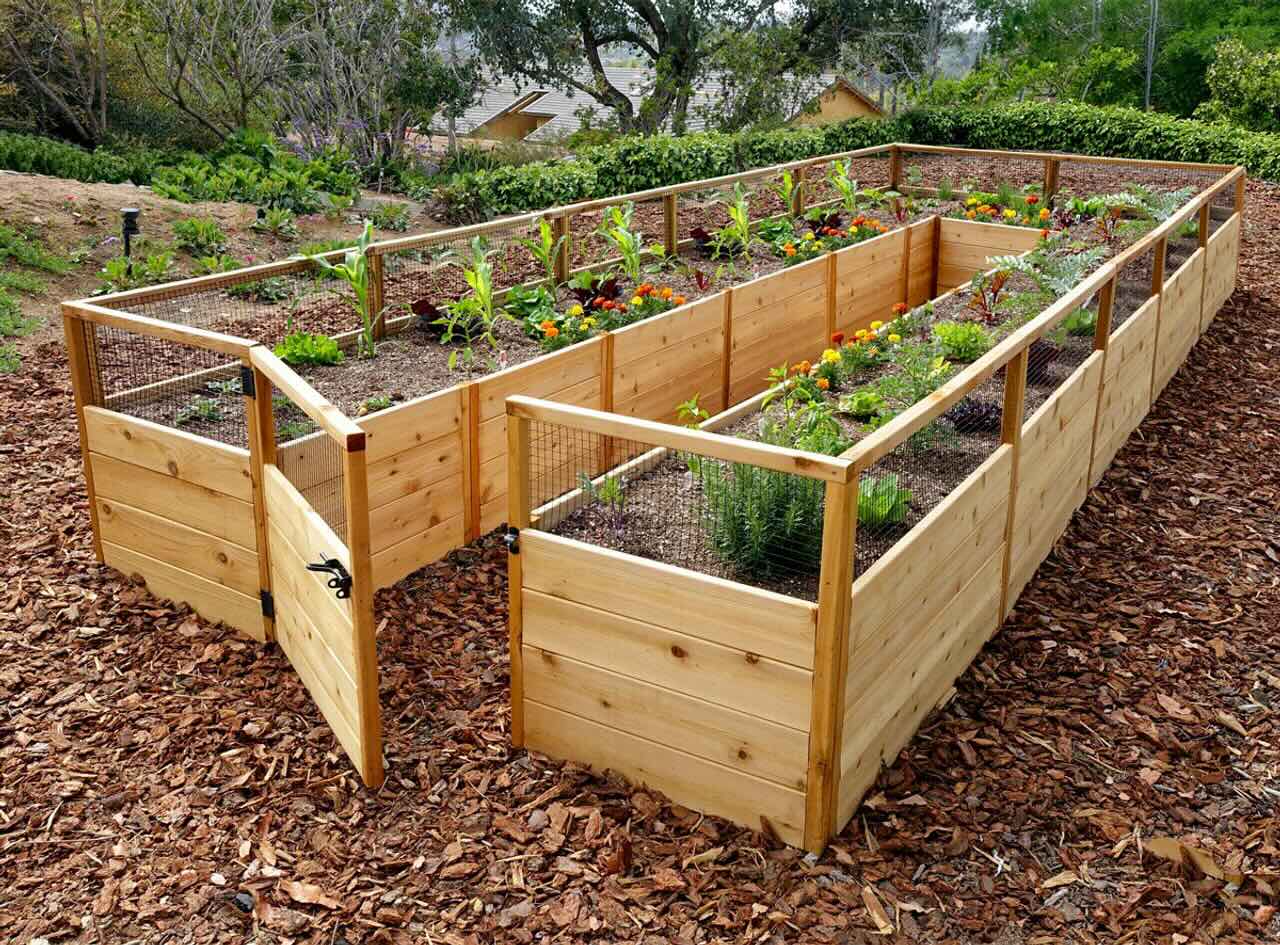
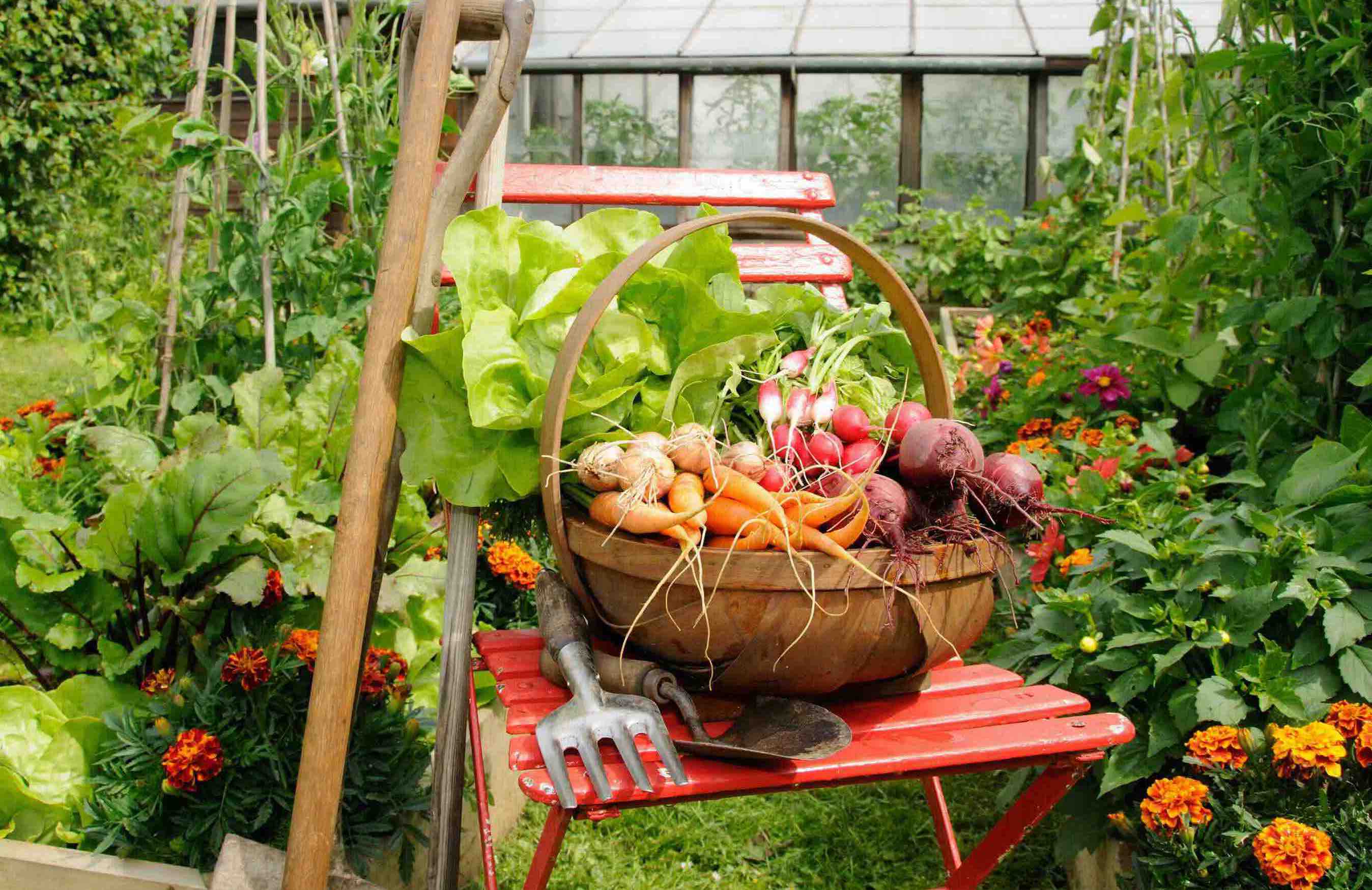
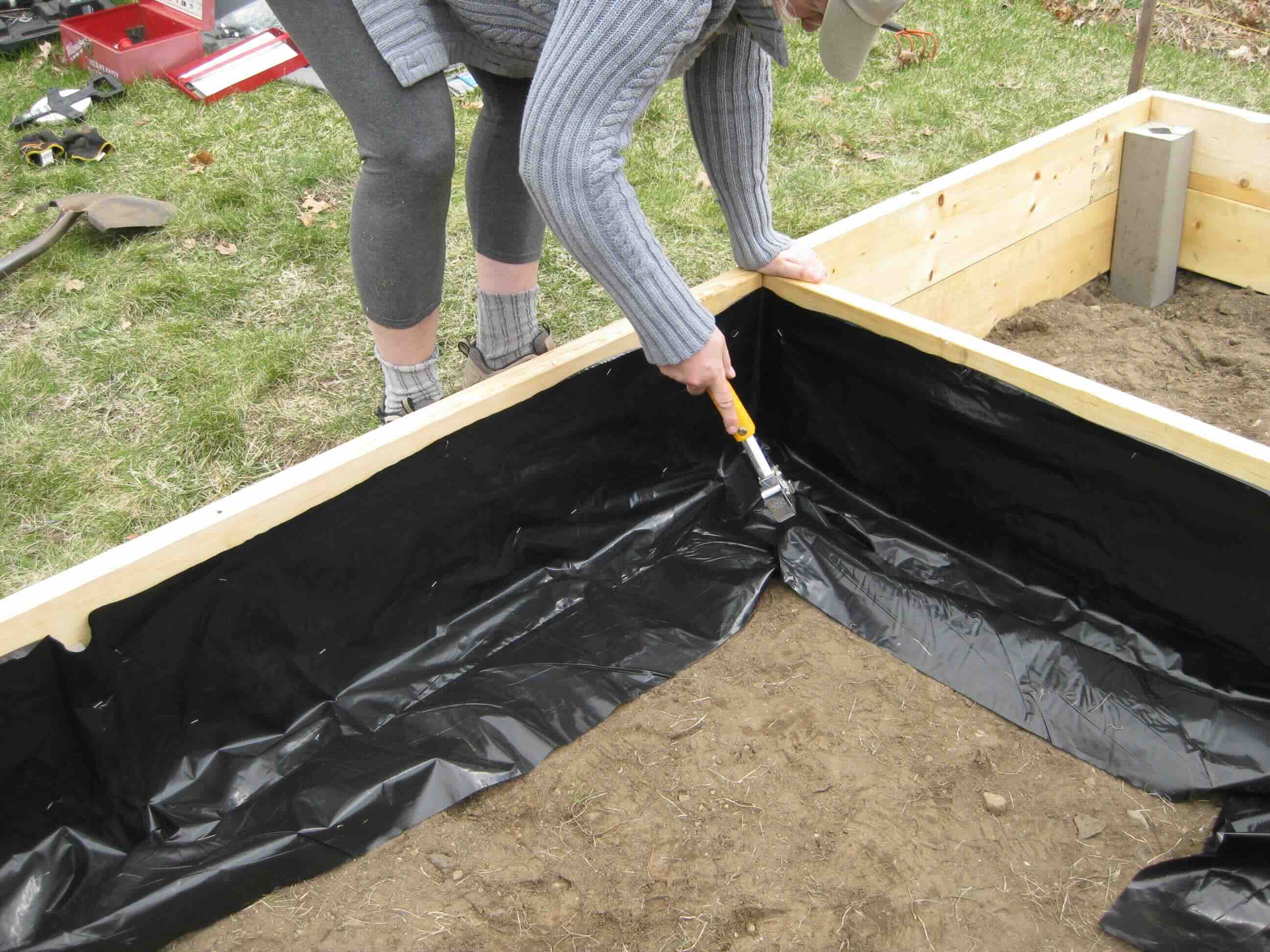
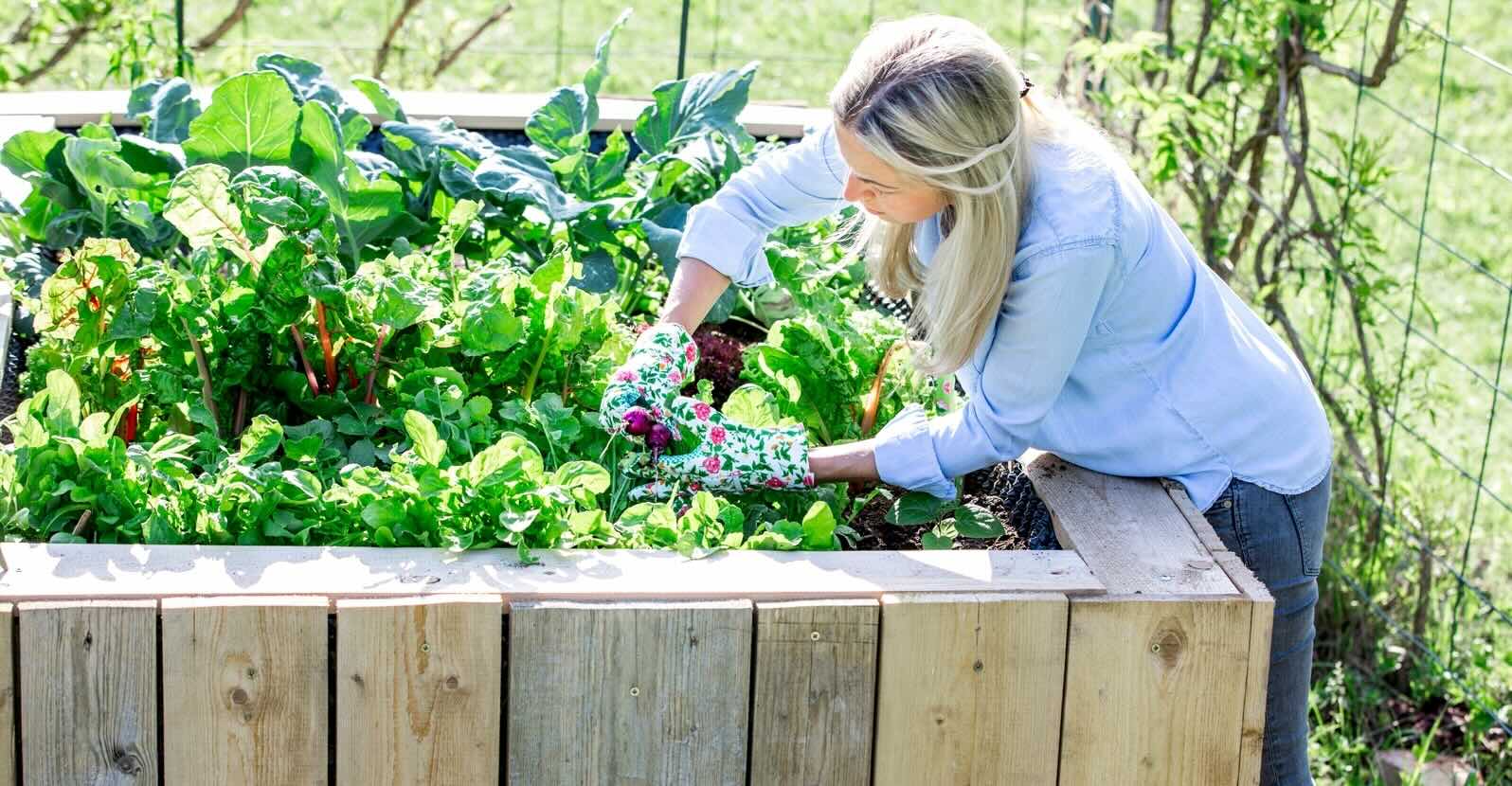
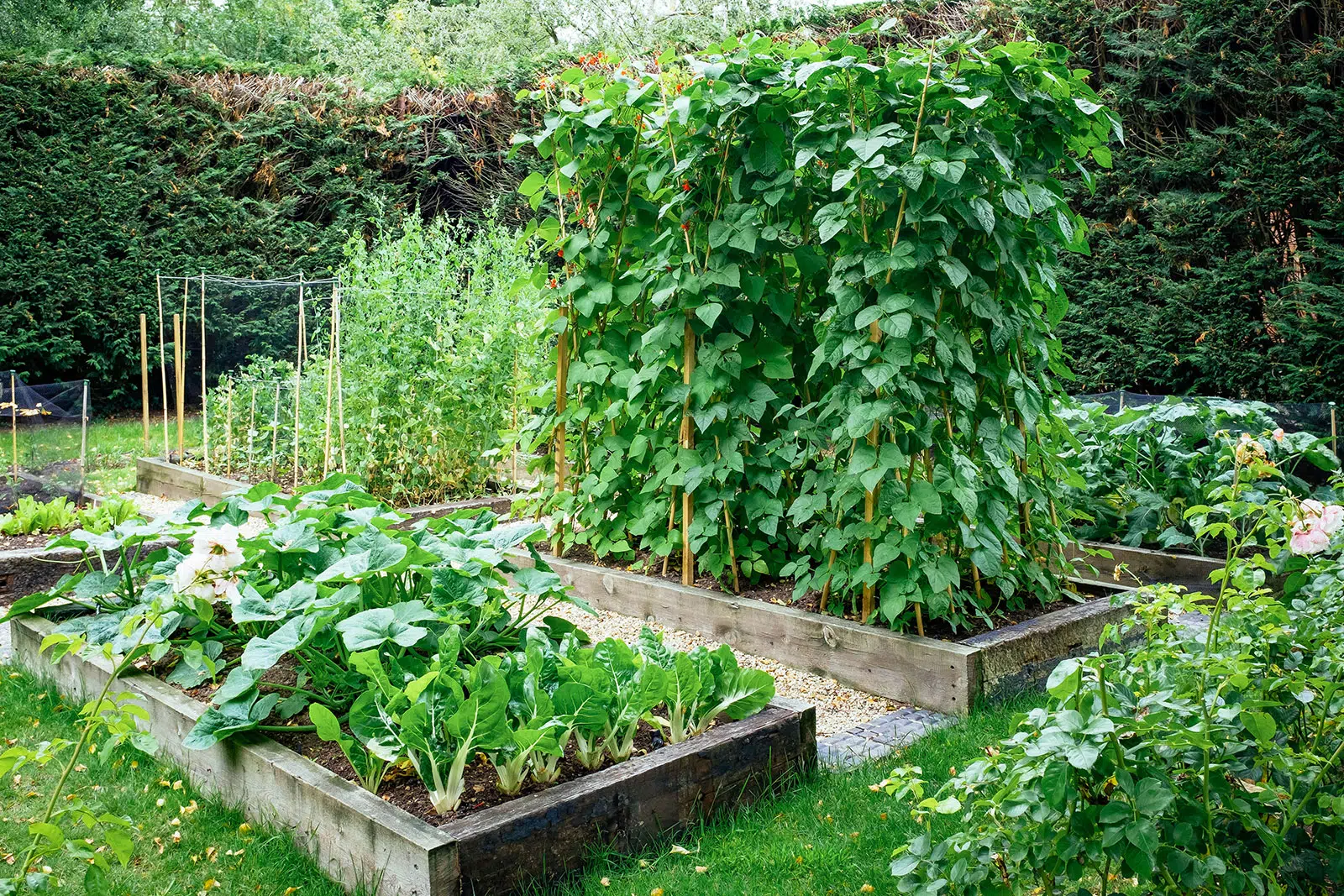
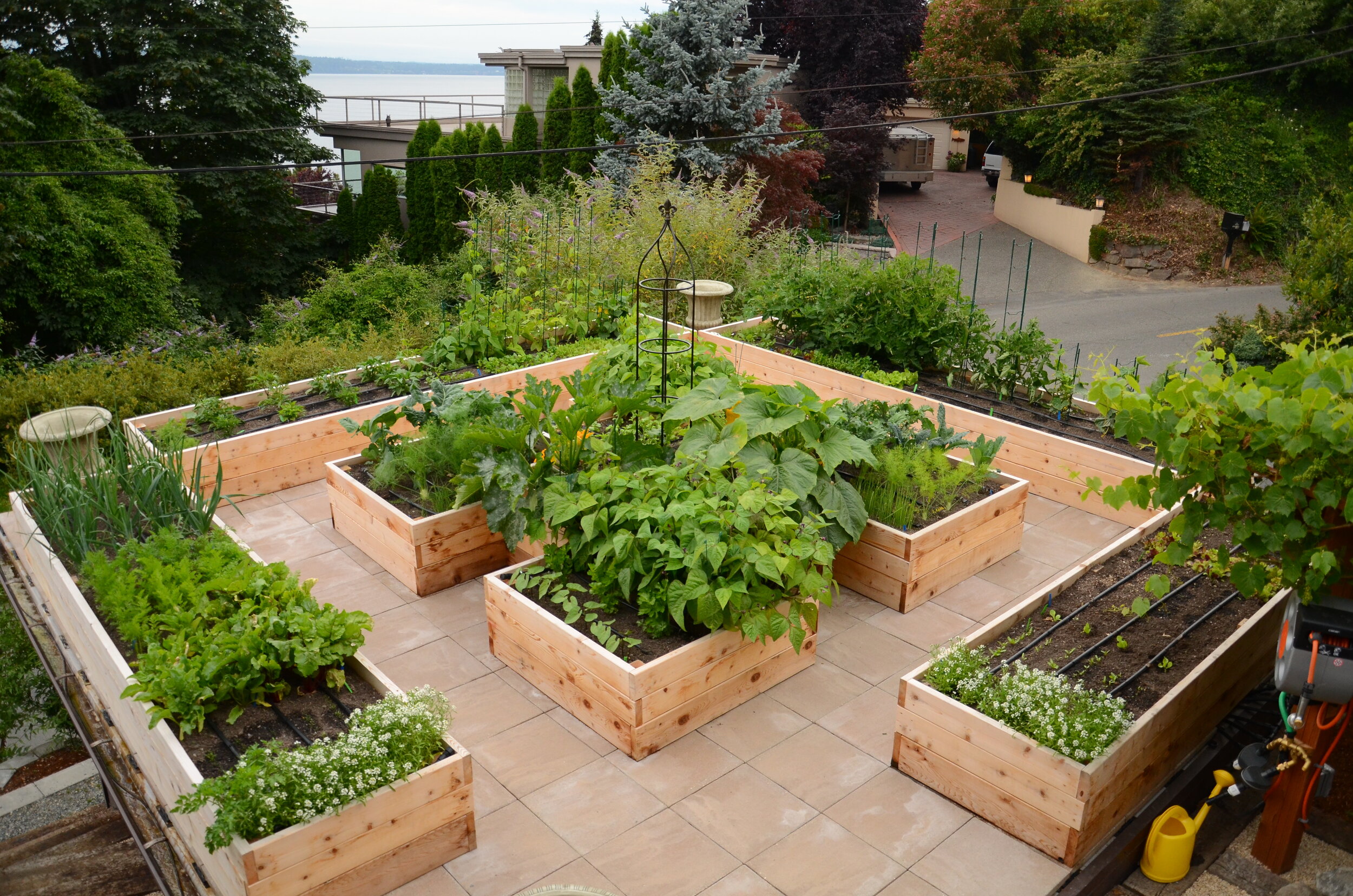
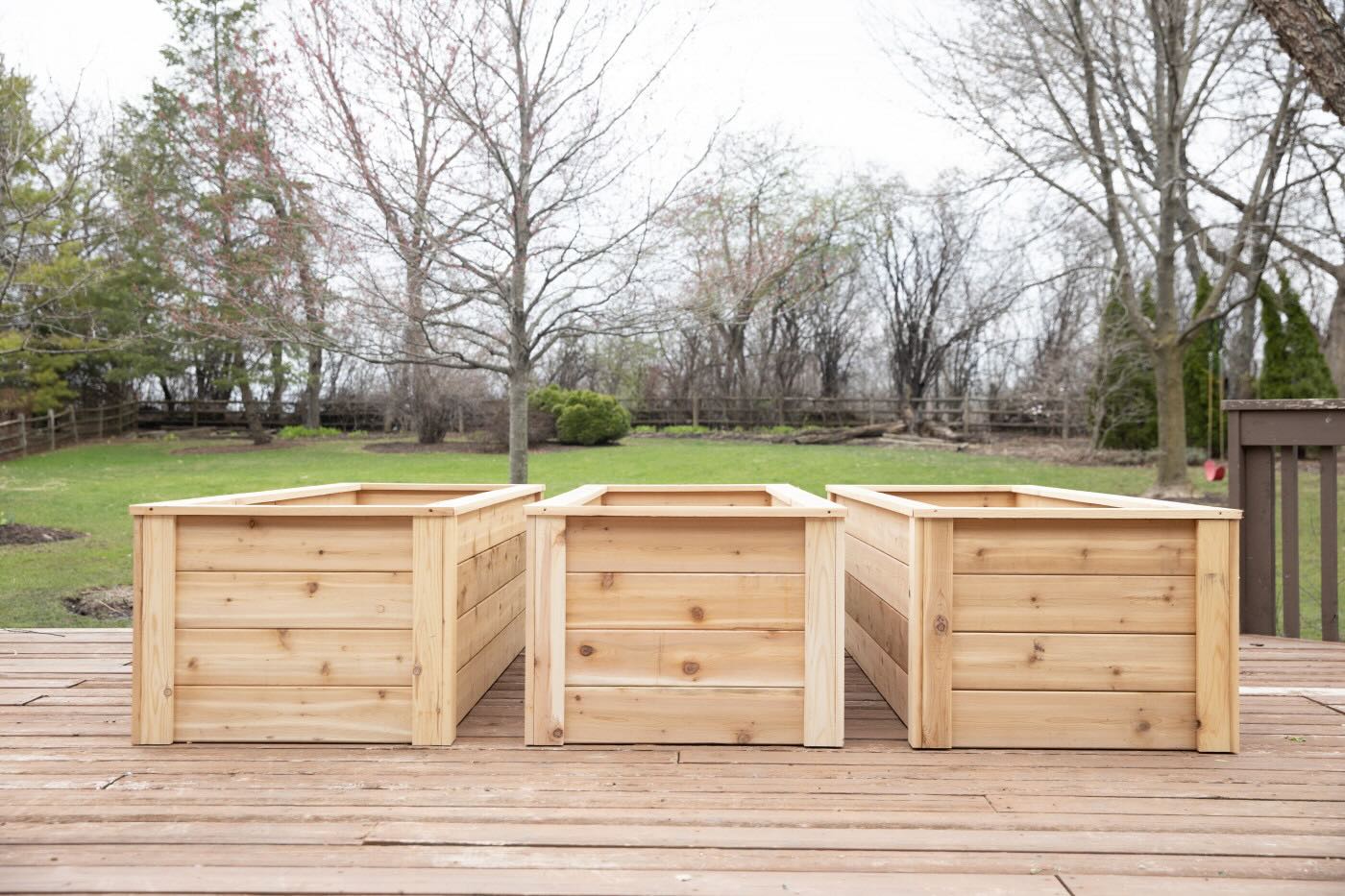
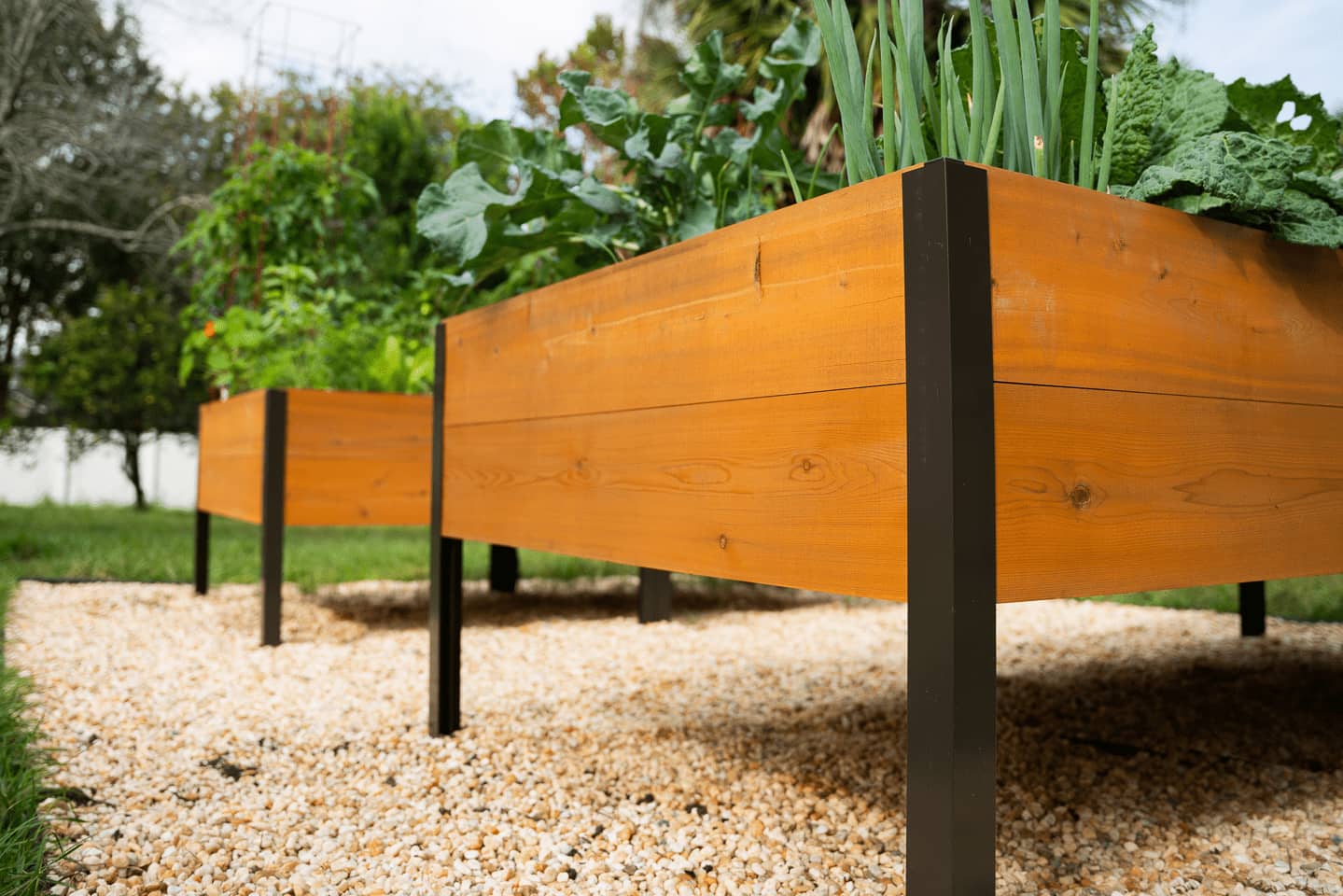
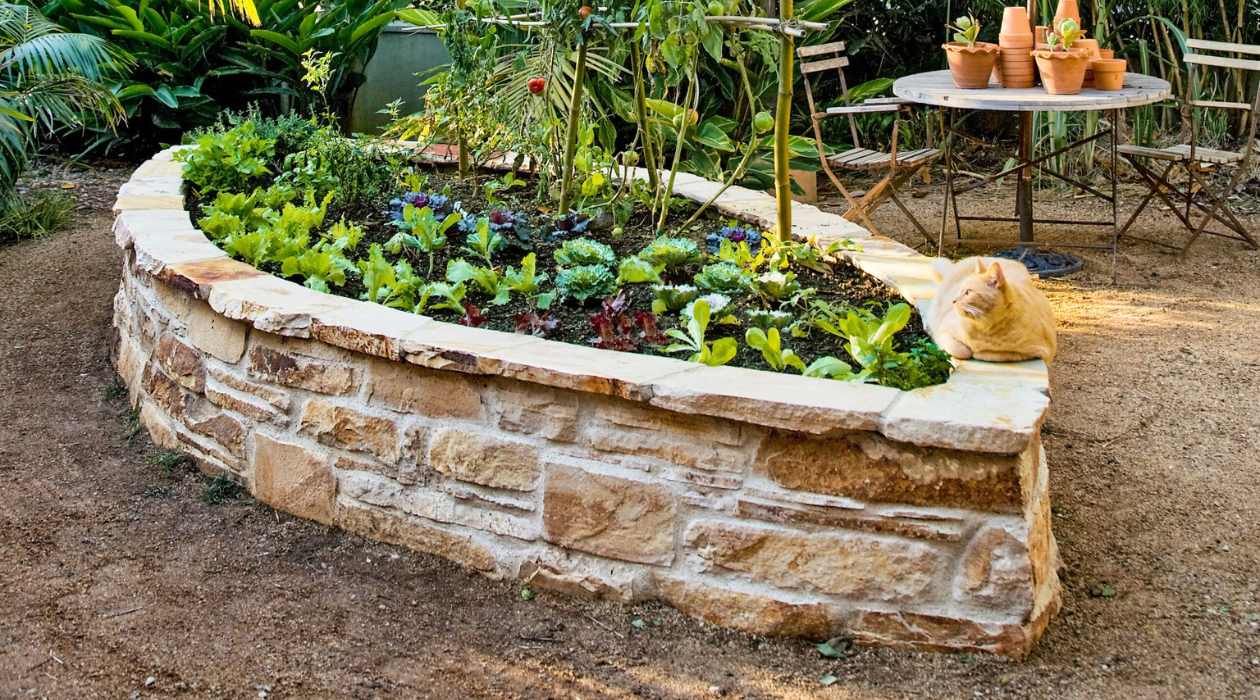
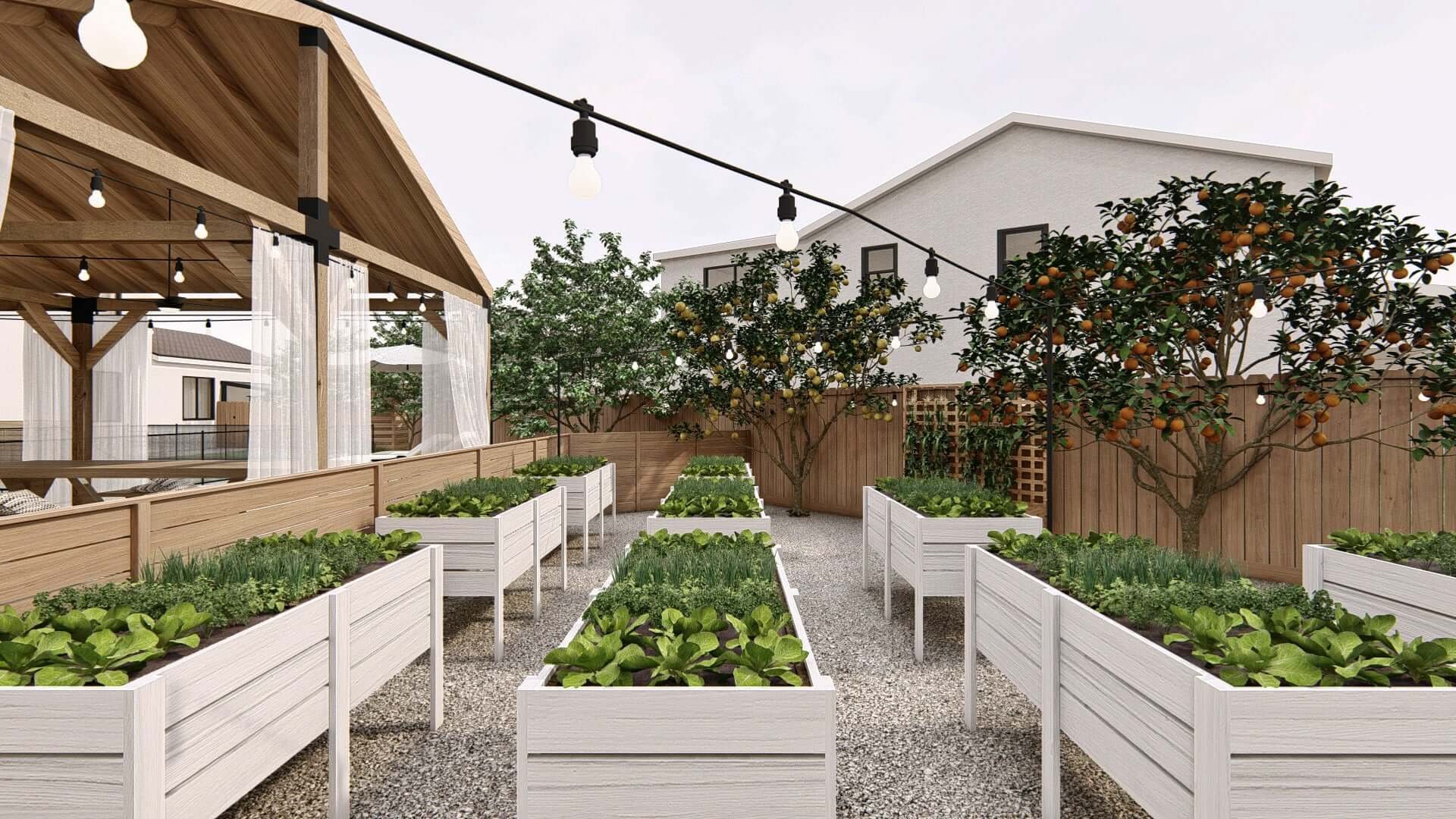

0 thoughts on “What To Put On The Bottom Of A Raised Garden Bed With Legs”